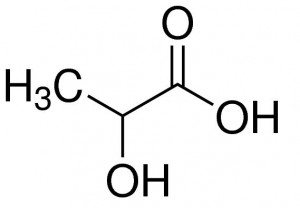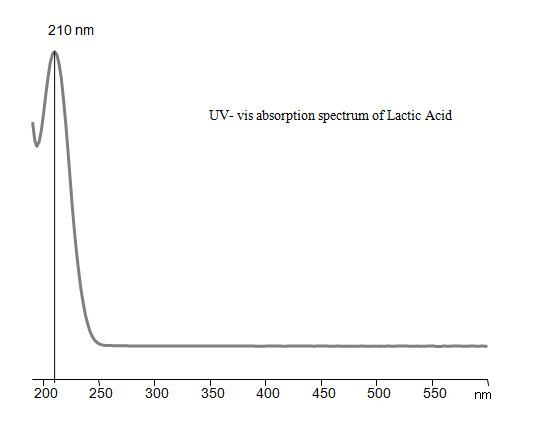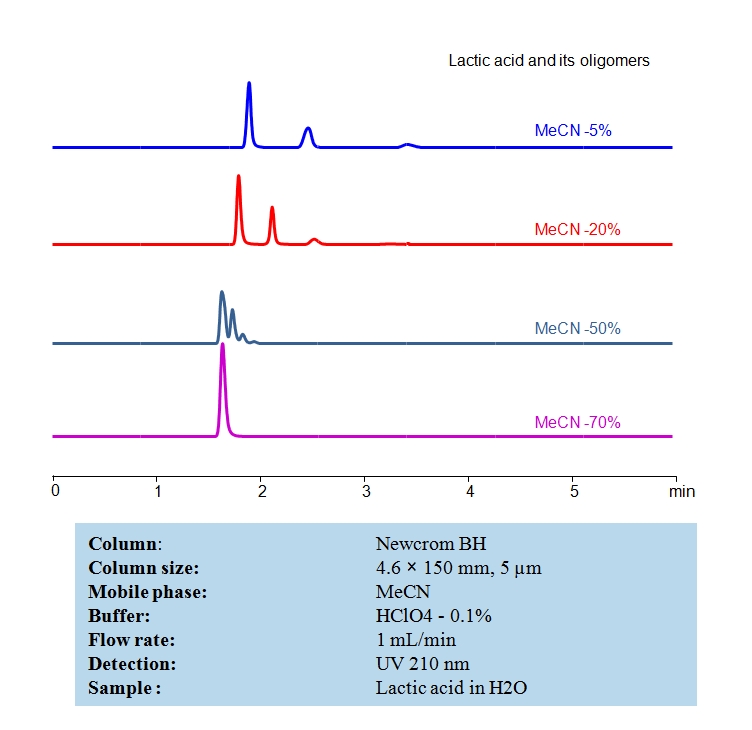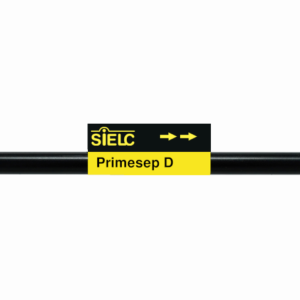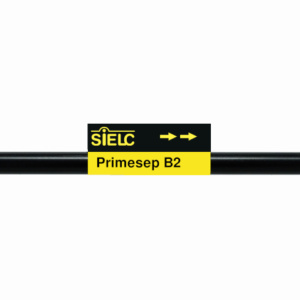Applications:
HPLC Determination of Lactic Acid on Newcrom BH Column
October 7, 2020
HPLC Method for Lactic Acid, Lactic Acid Oligomers on Newcrom BH by SIELC Technologies
Lactic acid (milk acid) is a natural organic acid that plays an important role in biochemical processes. It has a carboxylic and hydroxy- groups which, upon standing, can react with each other and form dimers, trimers and higher oligomers. Lactic acid is a polar molecule that does not retain on reversed-phase columns. Newcrom BH mixed-mode anion-exchange column is used for the separation of lactic acid and its oligomers by a combination of weak reversed-phase and anion-exchange mechanisms. Lactates can be monitored by low UV, ELSD, CAD or LC/MS.
| Column | Newcrom BH, 4.6 x 150 mm, 5 µm, 100 A, dual ended |
| Mobile Phase | MeCN/H2O |
| Buffer | HClO4 – 0.1% |
| Flow Rate | 1 ml/min |
| Detection | UV 210 nm |
| Class of Compounds |
Acid, Hydrophilic, Ionizable |
| Analyzing Compounds | Lactic Acid, Lactic Acid Oligomers |
Application Column
Newcrom BH
Column Diameter: 4.6 mm
Column Length: 150 mm
Particle Size: 5 µm
Pore Size: 100 A
Column options: dual ended
Lactic Acid Oligomers

Analysis of Lactic Acid on Primesep D Column
December 5, 2013
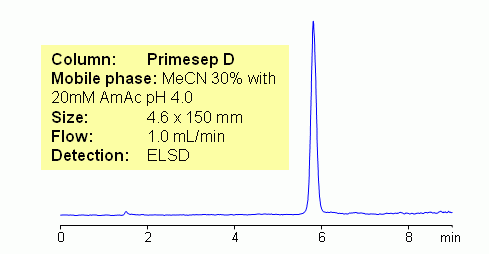
Lactic acid (milk acid) is a hydrophilic acid which plays important role in many bioprocesses. Lactic acid has a tendency to self-condense to form dimers, trimers and high molecular weight oligomers. Lactic acid and it’s oligomers are retained by a combination of weak reversed-phase and weak anion-exchange mechanisms on Primesep D mixed-mode HPLC column. Retention time is controlled by amount of acetonitrile, buffer concentration and buffer pH. Method is compatible with LC/MS and other detection techniques and can be used for analysis of lactic acid in various matrices.
| Column | Primesep D, 4.6×150 mm, 5 µm, 100A |
| Mobile Phase | MeCN/H2O – 30/70% |
| Buffer | AmAc pH 4.0- 20 mM |
| Flow Rate | 1.0 ml/min |
| Detection | ELSD |
| Class of Compounds |
Acid, Hydrophilic, Ionizable |
| Analyzing Compounds | Lactic Acid |
Application Column
Primesep D
The Primesep family of mixed-mode columns offers a wide variety of stationary phases, boasting unprecedented selectivity in the separation of a broad array of chemical compounds across multiple applications. Corresponding Primesep guard columns, available with all stationary phases, do not require holders. SIELC provides a method development service available to all customers. Inquire about our specially-tailored custom LC-phases for specific separations.
Select optionsLactic Acid Oligomers
UV Detection

HPLC Separation of Lactic Acid and Its Oligomers
July 15, 2010
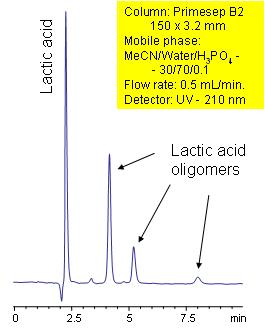
Lactic acid (milk acid) is natural organic acid that plays an important role in biochemical processes. It has carboxylic and hydroxy-groups which upon standing can react with each other and form dimers, trimers and higher oligomers. Lactic acid is a polar molecule that produces no retention on reversed-phase column. Primesep B2 mixed-mode anion-exchange column is used for the separation of lactic acid and its oligomers by a combination of weak reversed-phase and anion-exchange mechanisms. Oligomers of lactic acid can be converted to lactic acid by hydrolysis. Primesep B2 column can be used for the analysis of lactic acid alone and lactic acid in the mixture of oligomers. Lactates can be monitored by low UV, ELSD or LC/MS. In case of ELSD, CAD or LC/MS, phosphoric acid in the mobile phase needs to be replaced with buffer compatible with these detection techniques (ammonium formate or TFA).
| Column | Primesep B2, 3.2×150 mm, 5 µm, 100A |
| Mobile Phase | MeCN/H2O – 30/70% |
| Buffer | H3PO4 – 0.1% |
| Flow Rate | 0.5 ml/min |
| Detection | UV 210 nm |
| Class of Compounds |
Acid, Hydrophilic, Ionizable |
| Analyzing Compounds | Lactic Acid |
Application Column
Primesep B2
The Primesep family of mixed-mode columns offers a wide variety of stationary phases, boasting unprecedented selectivity in the separation of a broad array of chemical compounds across multiple applications. Corresponding Primesep guard columns, available with all stationary phases, do not require holders. SIELC provides a method development service available to all customers. Inquire about our specially-tailored custom LC-phases for specific separations.
Select optionsLactic Acid Oligomers
Organic Acids

